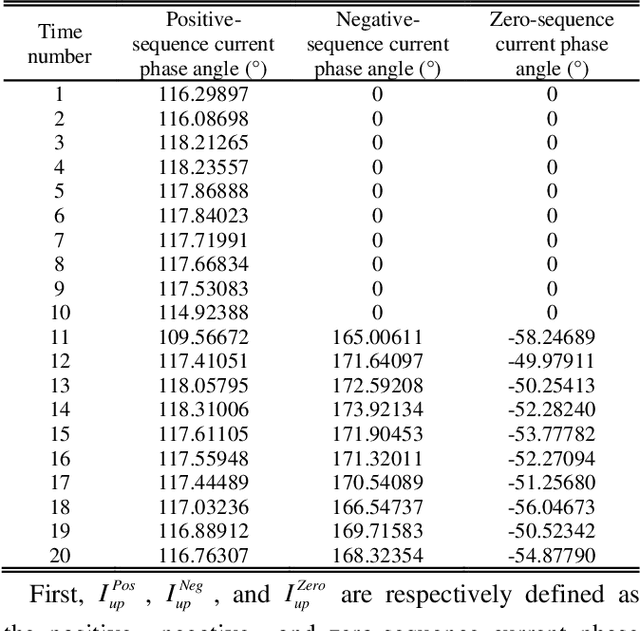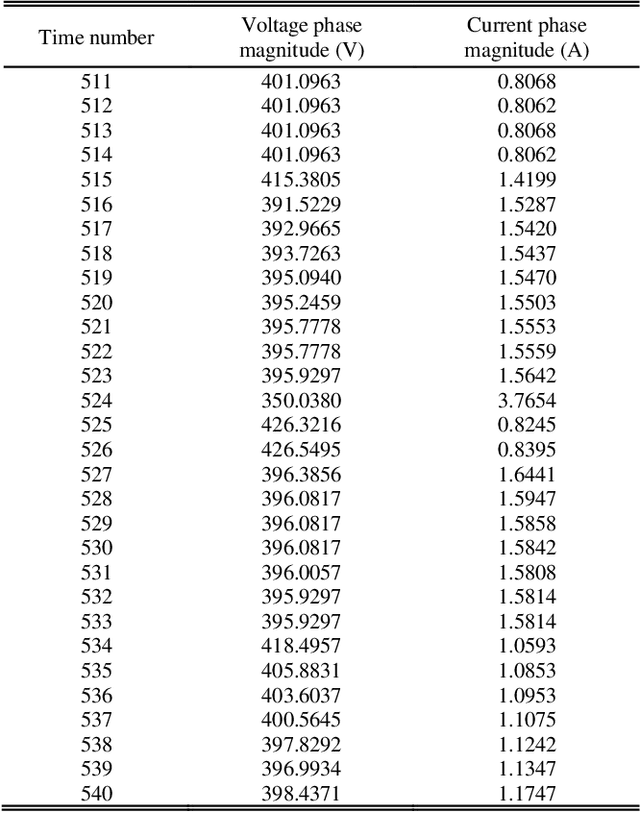Huashun Li
Modeling Method for the Coupling Relations of Microgrid Cyber-Physical Systems Driven by Hybrid Spatiotemporal Events
Feb 01, 2021



Abstract:The essence of the microgrid cyber-physical system (CPS) lies in the cyclical conversion of information flow and energy flow. Most of the existing coupling models are modeled with static networks and interface structures, in which the closed-loop data flow characteristic is not fully considered. It is difficult for these models to accurately describe spatiotemporal deduction processes, such as microgrid CPS attack identification, risk propagation, safety assessment, defense control, and cascading failure. To address this problem, a modeling method for the coupling relations of microgrid CPS driven by hybrid spatiotemporal events is proposed in the present work. First, according to the topological correlation and coupling logic of the microgrid CPS, the cyclical conversion mechanism of information flow and energy flow is analyzed, and a microgrid CPS architecture with multi-agents as the core is constructed. Next, the spatiotemporal evolution characteristic of the CPS is described by hybrid automata, and the task coordination mechanism of the multi-agent CPS terminal is designed. On this basis, a discrete-continuous correlation and terminal structure characteristic representation method of the CPS based on heterogeneous multi-groups are then proposed. Finally, four spatiotemporal events, namely state perception, network communication, intelligent decision-making, and action control, are defined. Considering the constraints of the temporal conversion of information flow and energy flow, a microgrid CPS coupling model is established, the effectiveness of which is verified by simulating false data injection attack (FDIA) scenarios.
 Add to Chrome
Add to Chrome Add to Firefox
Add to Firefox Add to Edge
Add to Edge